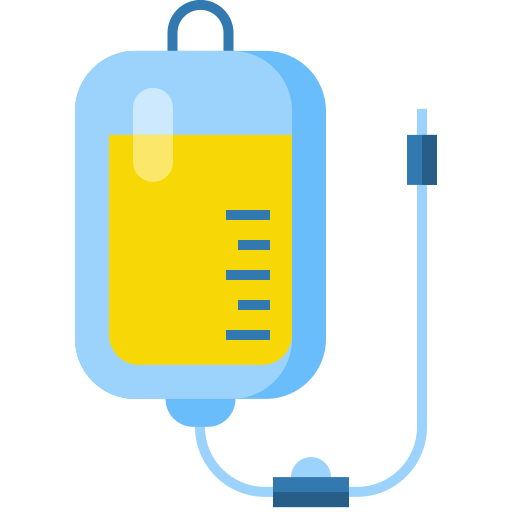
Amino Acid + D-Sorbitol + Electrolytes
5%
Healthcare Pharmaceuticals Ltd.
Product Details
Description
This IV solution is a sterile aqueous solution of crystalline Amino Acid and D-Sorbitol with electrolytes, which are necessary as the nitrogen source for parenteral nutrition. Nitrogen provided in the form of essential and non-essential amino acids. This IV solution contains all 18 essential and non-essential amino acids needed for protein synthesis. The amino acid composition is such that positive nitrogen balance can be achieved in the postoperative period and during extended periods of intravenous nutrition. The solution is clear, colorless to pale yellow colored, having a p H lying in the range of 5.0 to 7.0.
At the recommended dosage the amino acid have no pharmacological effects and is not expected to interact with other medicaments.
This is contraindicated in patients with inborn errors of amino acids metabolism, severe liver dysfunction and in severe uremia when dialysis facilities are not available. Due to the content of glucose, Amino Acids IV infusion and 10% Glucose with Electrolytes is contraindicated in patients with hyperosmolar nonketotic diabetic coma.
This preparation is usually well tolerated. Nausea occurs rarely. Vomiting, flushing and sweating have been observed during infusion of Amino acid at rates exceeding the recommended maximal rate. Transient increases liver test during intravenous nutrition have been reported. The reasons are at present unclear. Hypersensitivity reactions have been reported. As with all hypertonic infusion solutions, thrombophlebitis may occur when peripheral veins are used. The incidence may be reduced by the simultaneous infusion of 10% fat emulsion. If given to severely ill, premature infants, hyperphenylalaninemia may occur.
Successful and safe administration of amino acid solutions during pregnancy in the human has been reported. Animal reproduction studies have not been carried out with Amino acid.
IV infusion of amino acids is accompanied by increased urinary excretion of the trace elements copper and in particular zinc, which should be taken into account in the dosing of trace elements, particularly during long-term IV nutrition. Hyperphenylalaninemia may occur in severely ill, premature infants. In these patients, monitoring of the phenylalanine level is recommended and the infusion rate adjusted as needed. Amino Acids IV infusion and 10% Glucose with Electrolytes should be used with caution in patients with diabetes mellitus, severe heart failure or with renal function in combination with fluid restrictions or oliguria/anuria of another origin. In patients with hyperglycemia, administration of exogenous insulin might be necessary. In severely malnourished patients refeeding carbohydrates can trigger thiamine (vitamin B1 ) deficiency syndrome. Those at high risk are patients with a history of alcohol abuse, anorexia nervosa, prolonged fasting or starvation and pregnant women with hyperemesis gravidarum. In this kind of patients, parenteral nutrition containing glucose should be given with caution and parenteral administration of thiamine should be considered before and during the administration of glucose. Monitoring of serum potassium and blood glucose is recommended if Amino Acids IV infusion and 10% Glucose with electrolytes is infused rapidly or in a large quantity. For patients with hypophosphatemia, an additional supply of phosphate is recommended.
If Amino Acids IV infusion and 10% Glucose with Electrolytes is administered at a higher rate than recommended, there is an augmented risk for nausea, vomiting and sweating. When peripheral veins are used thrombophlebitis may occur. Osmotic diuresis with dehydration may occur if the dosage recommendations are exceeded. There is also a risk of symptoms related to hyperglycemia with Amino Acids IV infusion and 10% Glucose with Electrolytes. In case of symptoms due to overdose, the infusion should be slowed down or discontinued.
Parenteral nutritional preparations
-
Support 24/7
Call us anytime -
100% Safety
Only secure payments